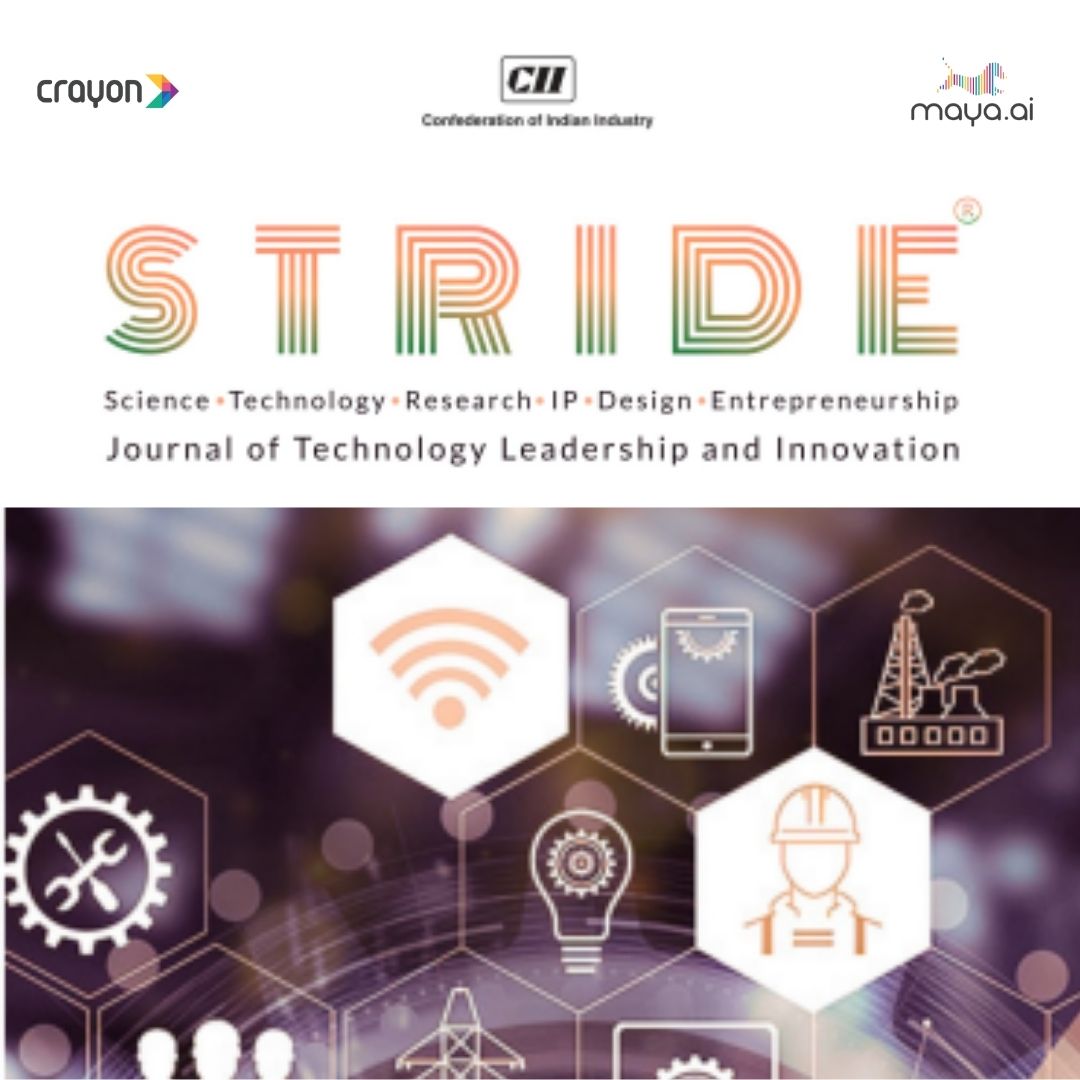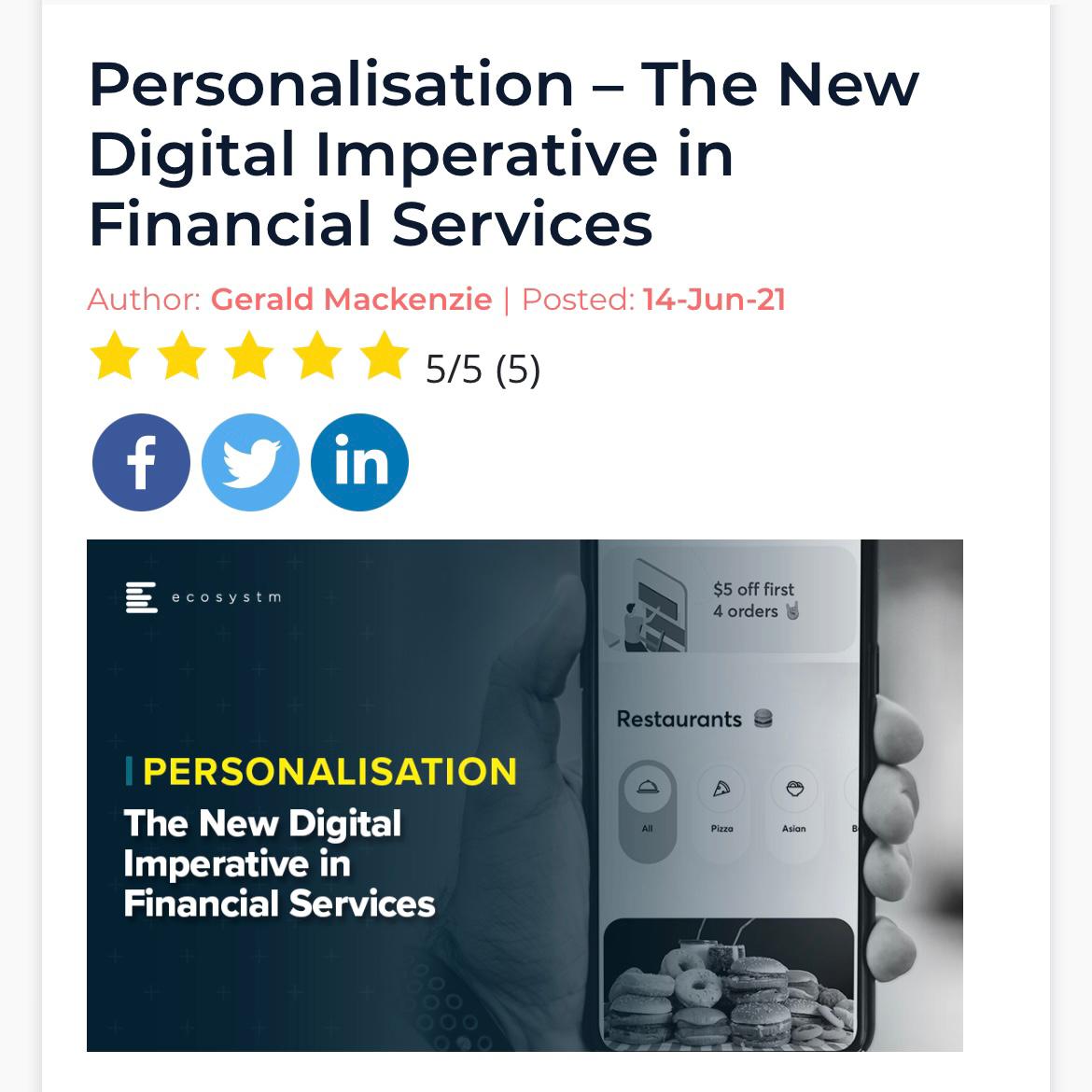For many years, banks and financial institutions dominated the currency trading arena and money transfer services. Banks were viewed as the most credible, reliable and efficient means of conducting international money transfers. However, the costs of using banks for these services are prohibitive. The Internet of Things has rapidly leveled the playing field, making it possible for disruptive enterprises to offer game-changing services to clients. Peer-to-peer currency exchange such as Currencyfair and Transferwise are examples of how innovative tech start-ups have upended decades-old practices in the banking sector.
Let’s take CurrencyFair, for example. This money transfer service acts in the interests of consumers by lowering the costs of transactions, expediting services, and allowing widespread online access to clients in multiple countries and jurisdictions. By removing the in-person experience that is so often required with traditional banks, companies like CurrencyFair are able to bypass the excessive costs and bureaucratic red tape that characterize the bricks and mortar experience.
Leveraging big data to develop new technology
To get there, big data has been leveraged to gain a competitive edge over the banks. Companies like Transferwise and CurrencyFair have invested heavily in data storage, cloud-based technology, big data, SSL technology and the highest encryption protocols to ensure a seamless experience for their clientele. Not only have they poured tremendous resources into developing their marketing campaigns, they have simplified the process of international money transfers for clients everywhere. By focusing on the data, these companies are able to drill deep into their specific target markets, tapping into the preferences of individuals and businesses.
Market research campaigns confirm that banks overwhelmingly charge extortionary amounts on the provision of international currencytransfer services. People are blithely unaware of the fees that banks are levying on these transfers, with steep margins on their services. For example, banks in Australia typically charge approximately 5.5% margin, while UK banks charge on average 3%. Throughout Europe, trust in banking institutions has been eroded dramatically with the recessionary environment that has ensued since the 2008 global financial crisis.
The Greek bailout initiatives, and more recently the Brexit have left many people less confident about European banks and financial institutions. As such, the services offered by nonconventional options like CurrencyFair and Transferwise are gaining credibility with clients. As a case in point, the co-founder of CurrencyFair purportedly saved clients approximately $135 million since he set up his business (2015 figures).
Making dollars and sense of the markets
The co-founder of Currencyfair has been focusing his operations on the Australian market which is still heavily dependent on banks for processing international currency transfers and related payments. According to Brett Meyers, his company’s commission is approximately 0.3%. In the first five years, the company processed transactions worth about $2.5 billion, with 20% + of all business conducted in AUD. To build a business capable of taking on the big banks in Australia, Europe, the UK or the US, effective management of data is imperative.
This is precisely what these disruptive tech companies are doing. CurrencyFair’s headquarters are in Dublin, Ireland, with operations in Newcastle and elsewhere. By branching out into additional products and services, CurrencyFair and the like can offer traditional banking options for the purchases of goods/services to clientele. This eliminates the need for credit card-related expenses across borders for both the client and the service provider, in the case of overseas vacations, rentals abroad etc. The idea was hatched by accessing the available data and working deliberately to find feasible solutions.
How big data studies have crowned new champions in the finance world
Prior to the launch of disruptive financial services companies like Transferwise and Currencyfair, the paradigm was based on a per-client price model. There were no fixed rates to work off, thereby making it favorable to the providers of financial services such as international currency transfers, and less favorable to the clients. As banks sought to extract as much as possible from each client, their profit model was effectively uncapped.
Enter new age financial services companies and things look dramatically different. The old-school paradigm was dismantled, in favor of a pricing model that works off significantly lower profits and well-structured margins. Since consumers can easily compare the bank model versus the non-bank model and attendant costs, the choice is clear. To get there these new age institutions required intensive research, access to mounds of data, and a well-structured profit model to consistently outperform the banks.
This article originally appeared on Big Data Made Simple, powered by Crayon Data.

Why vector databases are key to enhanced AI and data analysis
In a...


















